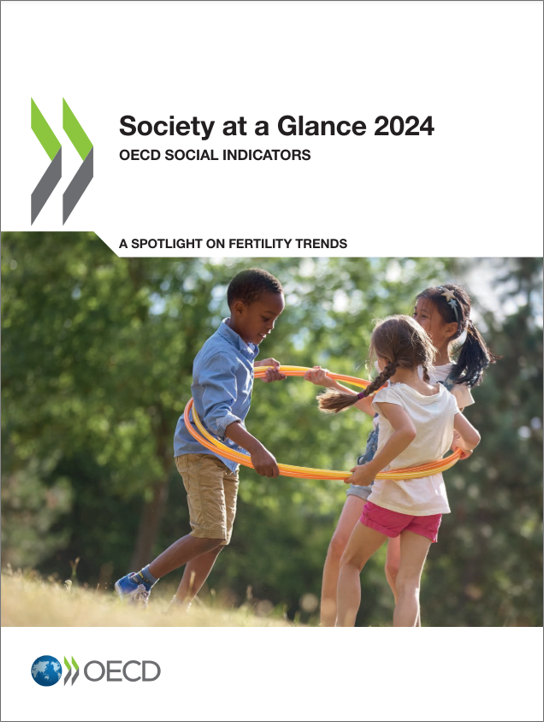- 보고서에 따르면, 2023년 한국의 합계출산율이 0.7명으로 가장 낮았고, 이스라엘이 2.9명으로 가장 높았음
□ 보고서는 주요 선진국에서 출산하는 여성의 평균 연령이 2000년 28.6세에서 2022년 30.9세로 늘어났다고 설명함
- 1935년과 1975년에 태어난 여성을 비교했을 때 아이가 없는 여성의 비율은 에스토니아, 이탈리아, 일본, 리투아니아, 폴란드, 포르투갈, 스페인에서 두 배나 증가함
□ OECD는 “회원국의 많은 사람들이 아직 아이를 가질 계획이 없거나 혹은 아예 갖지 않기로 선택하고 있다”며 “젊은 여성과 남성 모두 점점 더 부모가 아닌 삶의 의미를 찾고 있다”고 분석함
- 스테파노 스카르페타 OECD 고용노동 및 사회국장은 “OECD 국가들이 출산을 지원하기 위해 다양한 정책을 도입하고 있지만 자녀를 갖는 데 따른 경제적 비용과 장기적인 재정적 불확실성은 사람들이 부모가 되는 결정에 계속 큰 영향을 미치고 있다”고 언급함
- 또한 “출산을 촉진하려면 가족에 대한 포괄적이고 신뢰할 수 있는 지원이 필요하다”며 “여기에는 저렴한 주택, 일과 가정생활을 조화시키는 데 도움이 되는 가족 정책, 양질의 일자리에 대한 접근성과 여성의 경력 발전을 촉진하는 기타 공공 정책과의 일관성이 포함된다”고 지적함
[출처] OECD “세계 청년들, 부모가 아닌 삶에서 의미 찾아…비용·불확실성이 영향” (2024.06.21.) / 뉴스1
목차
Foreword 3
Acronyms and conventional signs 7
Executive summary 9
1 Fertility trends across the OECD: Underlying drivers and the role for policy 13
Introduction and main findings 14
Main findings 14
Fewer and later births in most OECD countries 15
The conditions for family formation and parenthood have changed 22
Public expenditure on family benefits 28
Increasing housing costs affect fertility 33
Changes in attitudes and norms can be important for fertility 34
Policy considerations 36
References 37
Notes 46
2 Interpreting OECD social indicators 47
The purpose of Society at a Glance 48
The selection and description of indicators 48
What can be found in this publication 51
References 51
3 Perceptions of social risks and government effectiveness 52
Social and economic risk perceptions and concerns 54
Satisfaction with social policies and the government’s covid response 56
Preferences for government intervention and social policies 58
4 General context indicators 61
Household income 62
Fertility 64
Migration 66
Marriage and divorce 68
Demographic trends 70
5 Self-sufficiency indicators 73
Employment 74
Unemployment 76
Skills 78
Student performance 80
Expected years after labour market exit 82
6 Equity indicators 85
Income and wealth inequalities 86
Income poverty 88
Unemployment and social safety net benefits 90
Social spending 92
Affordable housing 94
7 Health indicators 97
Life expectancy 98
Suicides 100
Health spending 102
Health and care workforce 104
Tobacco and alcohol consumption 106
8 Social cohesion indicators 109
Life satisfaction 110
Trust in public institutions 112
Violence against women 114
Voting 116
Online activities 118



